It's finally time to think about 5G when choosing a carrier. 5G coverage has continued to grow and is available in more places than ever. Increased use of sub-6 5G has led to great coverage and many supported phones while mmWave is pushing out the boat on speed and capacity in dense urban areas. There are also some MVNO options allowing for even more access. With a mix of sub-6 on low-band and mid-band spectrum for rural and suburban areas and mmWave in progress in urban areas, T-Mobile is the best carrier for 5G.
Best Overall: T-Mobile
T-Mobile invested heavily in 600MHz spectrum, which is used to bolster it's LTE as well as start building a capable 5G network. While this 600MHz 5G hasn't been able to deliver speeds significantly higher than modern LTE in real world testing, it does deliver these speeds consistently. For most people using it, this network will be plenty fast enough.
Perhaps the most important part of T-Mobile's 5G efforts is its heavy investment in a wide range of spectrums. A carrier wants a wide range because higher-frequency spectrums can deliver higher speeds but doesn't travel as far, while sub-6 has similar coverage to LTE. T-Mobile gained access to Sprint's large chunk of 2.5GHz spectrum, which it had already used to start its own small 5G network as well as upgrade its LTE.
Combine this with T-Mobile's mmWave and 600MHz sub-6 spectrum, and T-Mobile is poised to have strong offerings in dense urban areas as well as the suburbs and even rural areas — a strategy T-Mobile is calling a layer cake.
While 5G phones are still making their way down to more budgets, T-Mobile has opted not to require a certain plan for 5G access. This means all T-Mobile customers can access 5G as soon as they get a phone that supports it. With some phones like the Galaxy S20+ 5G equipped to use all of T-Mobile's 5G spectrum, it will be hard for any carrier to top T-Mobile in 5G for a long time.
Pros:
- Huge coverage
- Wide range of 5G spectrum
- Rapid 5G growth
- All plans get 5G
Cons:
- Slower current speeds
- mmWave deployment slow
Best Overall
T-Mobile
All kinds of spectrum
T-Mobile not only offers some of the best postpaid rates around, but it has also set itself up as the most flexible 5G carrier.
Best Value: Metro by T-Mobile
T-Mobile owns Metro so it's no surprise it supports T-Mobile's 5G network. What is great is that it is doing so on all plans at no extra cost. While the plans haven't necessarily grown to reflect 5G's additional capacity, it does offer a nice option for lighter users that want to use the new network. Metro by T-Mobile's full 5G support also helps to illustrate that T-Mobile is treating 5G as its current main network obligation.
With plans starting as low as $30 per month, all you need is a sub-6 capable and compatible 5G phone and you can gain all of the benefits of 5G without needing to worry about contracts. The other benefits of Metro are here as well, including features like unlimited music streaming on its 10GB plan and savings for family plans up to five lines. With current discounts, customers can get four lines with unlimited data, 15GB of hotspot data, Google One storage and Amazon Prime for $120 per month.
Pros:
- Great multi-line savings
- 5G on every plan
- Uses huge T-Mobile 5G network
- Extra benefits
Cons:
- Not all phones sold online
- Limited phone selection
Best Value
Metro by T-Mobile
Prepaid with plenty of 5G
Metro by T-Mobile brings T-Mobile's rapidly growing 5G network to all of its prepaid plans. It's a great option for lighter users.
Best mmWave and Sub-6: AT&T
AT&T was one of the first carriers to start building a 5G network with mmWave, which it called 5G+. Around the same time, it launched a misleading update that renamed upgraded LTE service to 5GE on many phones. AT&T claimed this naming was to reflect that the towers had been updated to support 5G, something that other carriers called LTE Advanced. Even so, AT&T did keep building an actual 5G network with limited plan availability.
In late 2019, AT&T launched a sub-6 5G network on its 850MHz spectrum that is available to consumers with a capable device. According to AT&T, this rapidly growing 5G network already covers 50 million people. New capable devices such as the Galaxy S20+ 5G are able to take advantage of both the sub-6 and mmWave networks. With one of the strongest mmWave deployments of any carrier, AT&T customers can expect great 5G speeds.
With AT&T, customers will need to sign up for its Unlimited Extra plan or higher for 5G access. This plan is rather expensive at $75 per line but there are savings available if you sign up for more than one line. You also get 15GB of hotspot data and unlimited texts from over 120 countries.
Pros:
- New phones support mmWave and sub-6
- Large sub-6 network
- Lots of data
Cons:
- Expensive plans
- Confusing 5G naming
Best mmWave and Sub-6
AT&T
Fast mmWave and a lot of sub-6
AT&T has a strong 5G network with mmWave for speed and sub-6 for coverage.
Fastest Speeds: Verizon
Verizon was one of the first carriers to jump into 5G and it has done so with its UWB or Ultra Wideband network. This network uses mmWave spectrum to deliver incredible speeds to compatible devices. While this network doesn't have near the coverage of a sub-6 deployment, Verizon's strong LTE service provides a good backup plan. Still, Verizon has sought to make the most of the network with home internet options as well as phone coverage.
To gain access, you'll need one of the hefty Play More or Do More unlimited plans, which come in at $80 per month for one line. Still, with incredible speed and capacity available with the UWB network, Verizon has been able to completely remove data caps, streaming limits, and hotspot caps when using UWB 5G. If you've got service, you'll have some of the fastest internet speed anywhere, wired or wireless.
It's also worth keeping in mind that the antennas required in phones with UWB are quite a bit larger than those needed for sub-6. As a result, 5G phones on Verizon will be larger and more expensive than some 5G phones on other carriers.
Pros:
- Fast speeds
- Truly unlimited on 5G
- Strong backup LTE network
- No data caps, streaming limits
Cons:
- UWB network has poor coverage
- 5G plans are expensive
- Fewer phones
Fastest Speeds
Verizon
Ultra fast Ultra Wideband
Verizon's commitment to superfast 5G means that it can remove data caps and speed caps when you're connected.
Best for Travel: Google Fi
Google Fi has made a name for itself thanks to its network switching, which is great for international travel. If you're willing to give up the former and own a T-Mobile compatible 5G phone, you can access 5G on this flexible carrier. As mentioned, you will be stuck using only the T-Mobile network, so this won't work for everyone, but with T-Mobile's network being stronger than ever, most people won't have any issues.
One of the main reasons to sign up with Google Fi is its flexible data plans. With one plan offering unlimited data, that is 22GB of high-speed data, and the other charging per gigabyte up to 6GB and slowed down at 15GB, it's easy to save with Google Fi. Another great feature of Google Fi is the ability to use your data in over 200 countries around the world. You pay the same rate for data no matter where you are. Like other carriers, you can save money by bringing multiple lines to your plan.
Pros:
- Contract free
- Data is free past 6GB
- International travel is the same price
- Unlimited and flexible plans
Cons:
- No network switching with 5G
- Can get expensive with heavy usage
Best for travel
Google Fi
Data internationally and 5G at home
If you have a T-Mobile 5G compatible phone, Google Fi lets you use it with all of the other globetrotting benefits.
Bottom line
5G can mean a few different things for customers and the varied deployment by carriers makes that apparent. For most people today, 5G is an unnecessary upgrade, and LTE offers plenty of speed. That's a good thing. It's better that carriers get a jump on building out 5G before anyone actually needs it and people find themselves with inadequate data speeds and spotty consistency. Most carriers are looking towards a plan that includes both sub-6 and mmWave networks to come together eventually but each carrier approached it differently.
The best way for people to experience 5G right now is with T-Mobile and it's low-band 600MHz 5G network. With a huge deployment on its 600MHz spectrum with more spectrum available at 2.5GHz from Sprint and even mmWave spectrum, T-Mobile is set to have the biggest 5G network. With phones already starting to support all three of the network, T-Mobile's customers should have great service in rural, suburban, and urban areas alike.
Credits — The team that worked on this guide
![]()
Samuel Contreras When Samuel is not writing about networking and carriers, he spends most of his time researching computer components and obsessing over what CPU goes into the ultimate Windows 98 computer. It's the Pentium 3.
from Android Central - Android Forums, News, Reviews, Help and Android Wallpapers https://ift.tt/2KVfDqq
via IFTTT
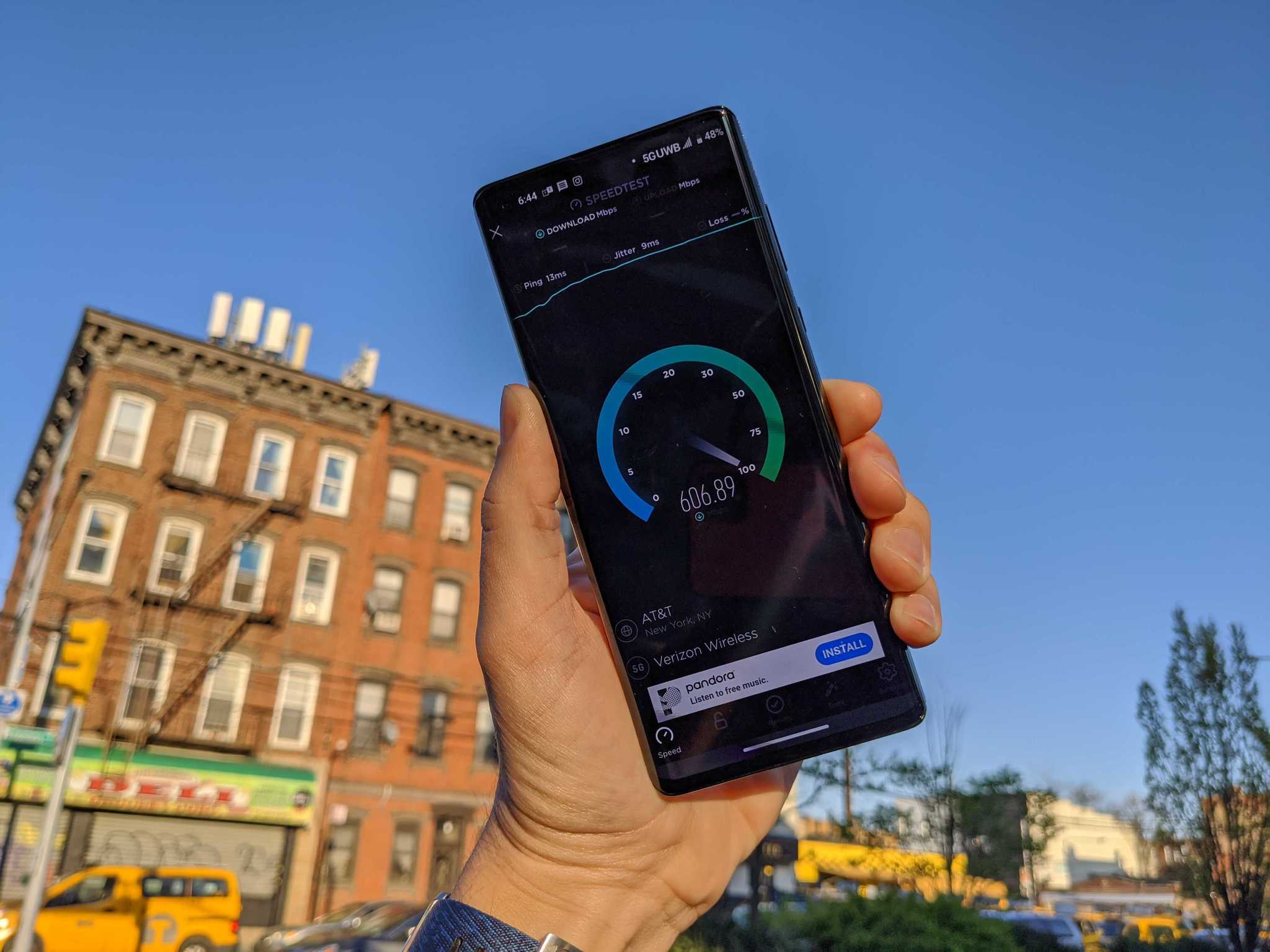
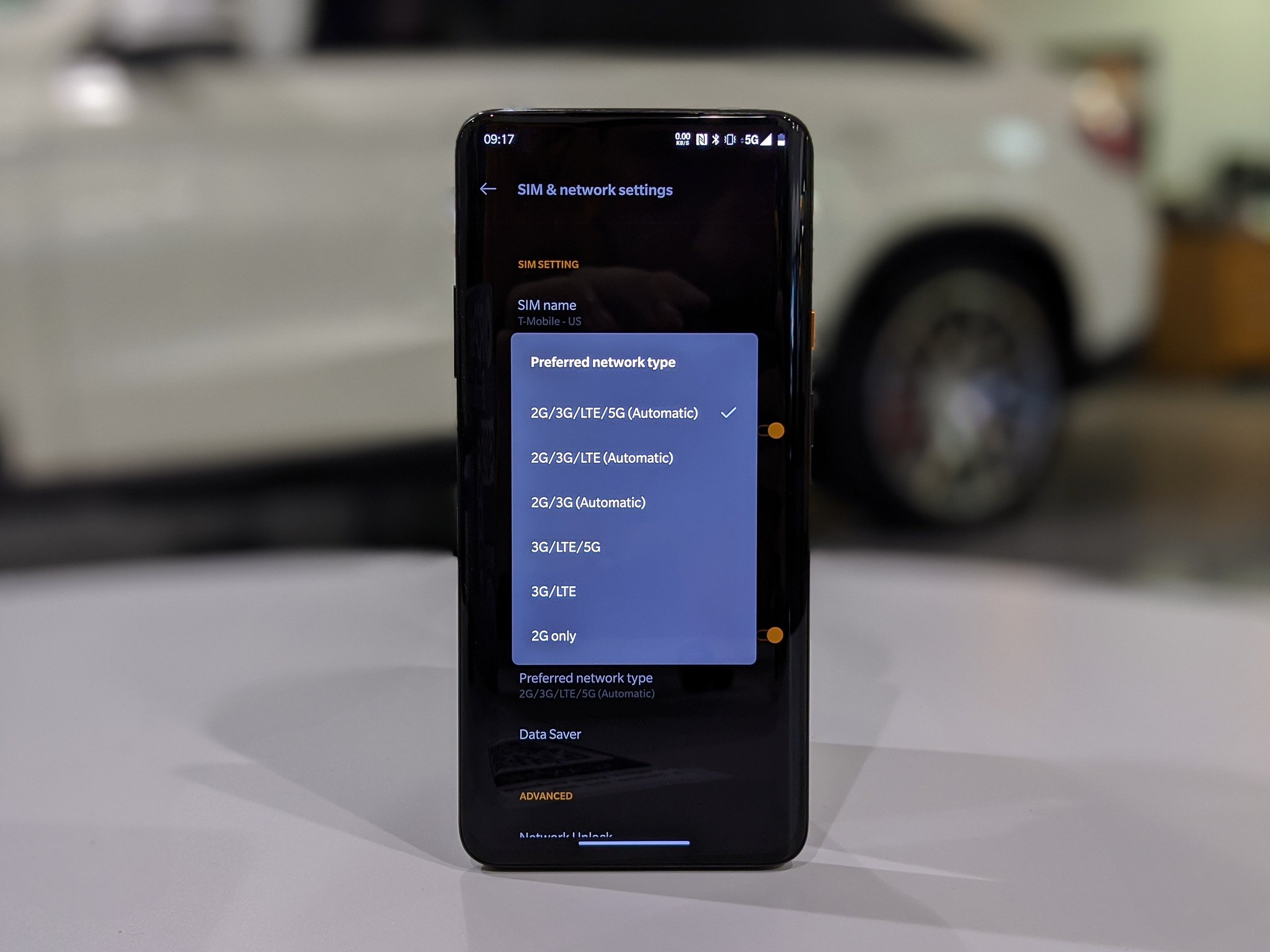
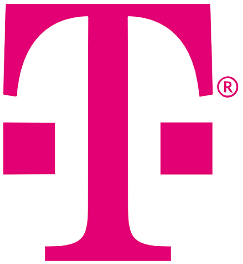

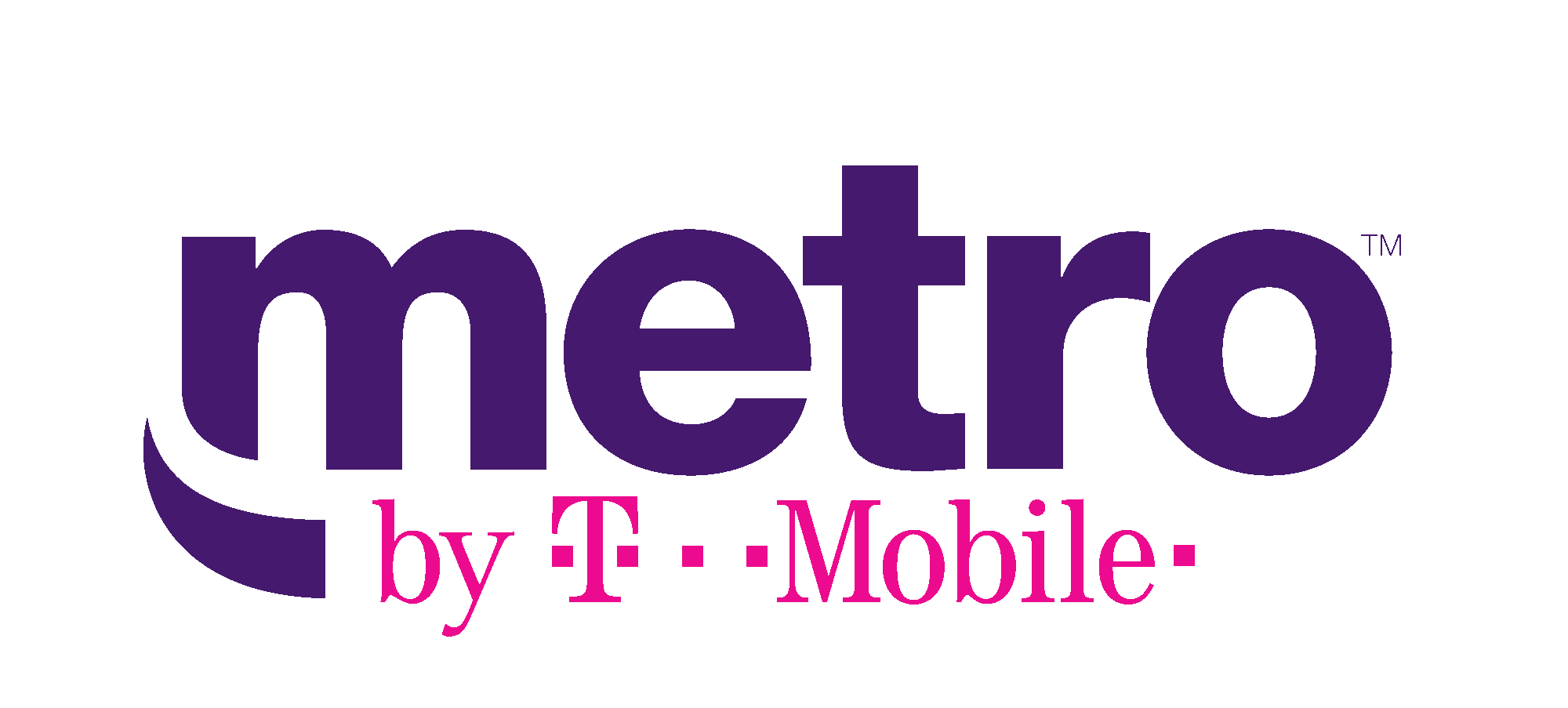


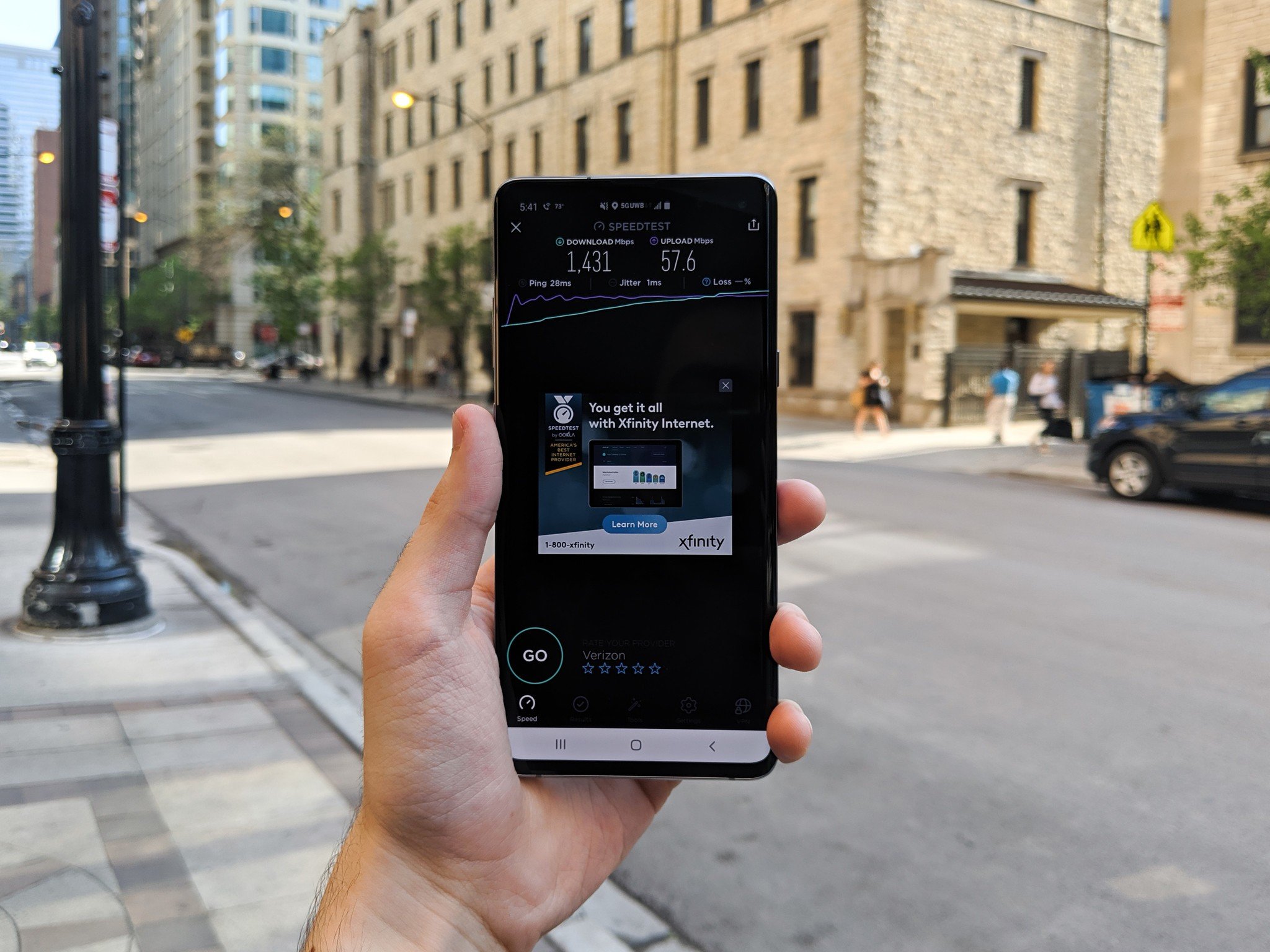

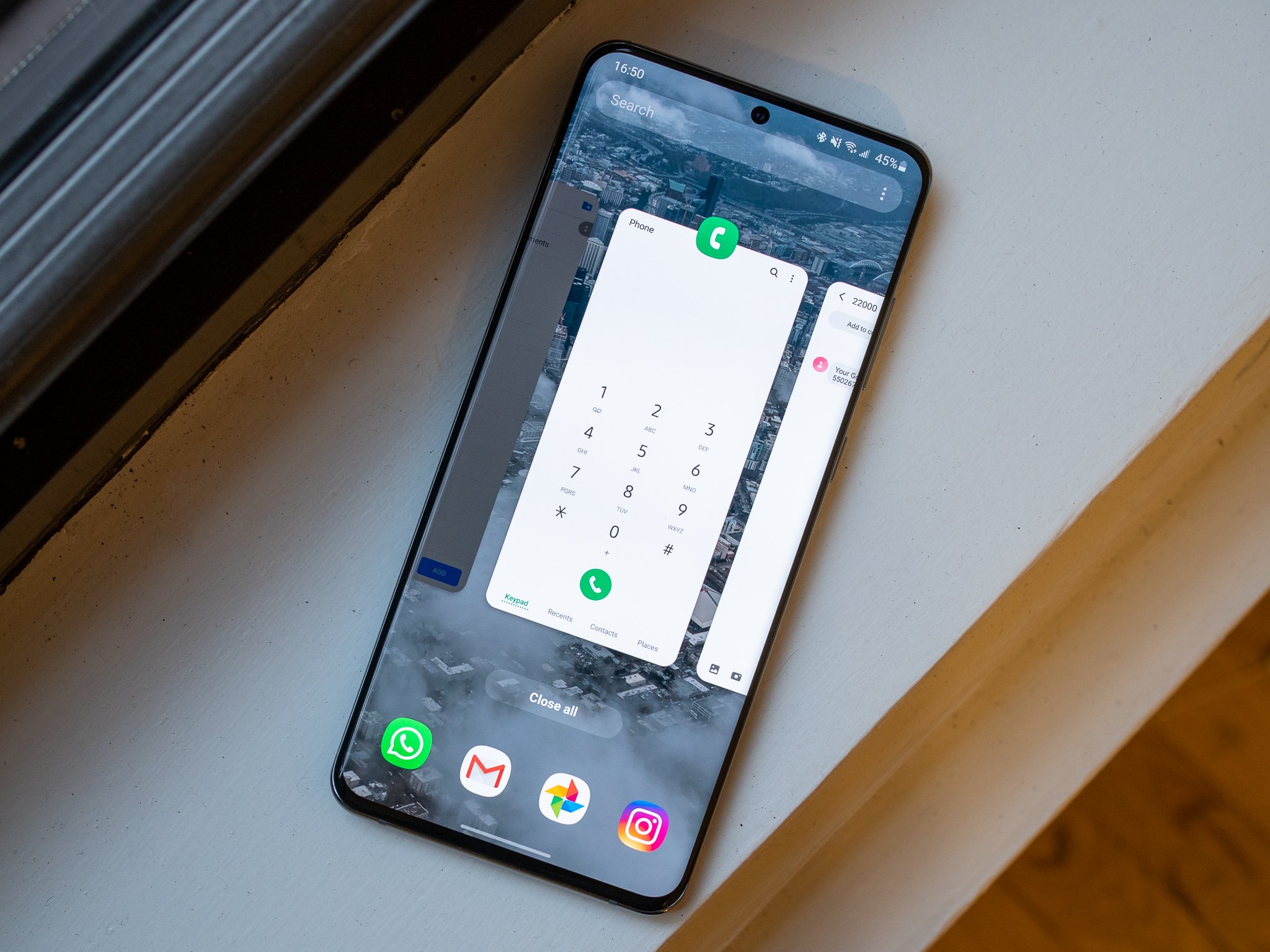

Aucun commentaire:
Enregistrer un commentaire